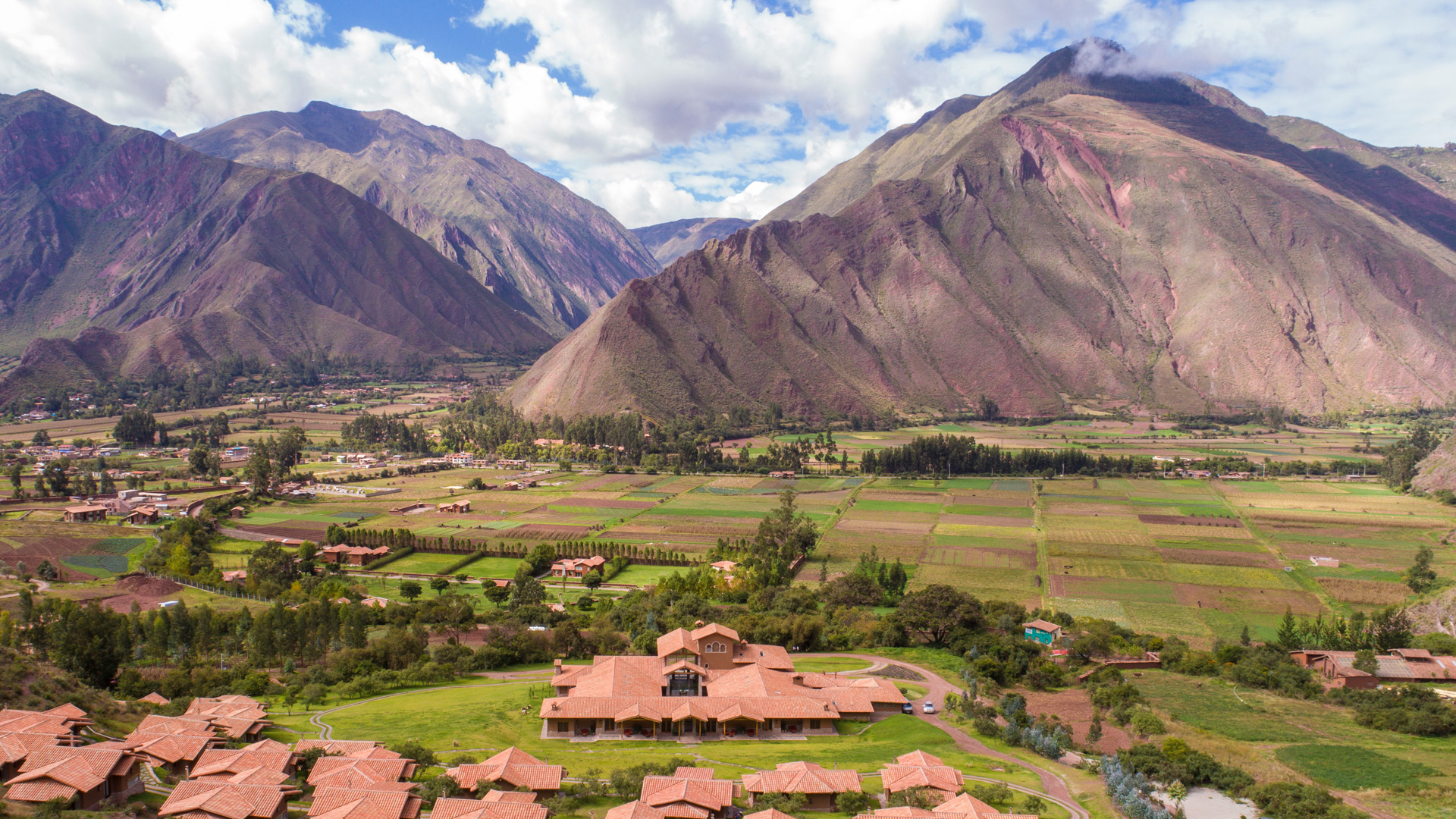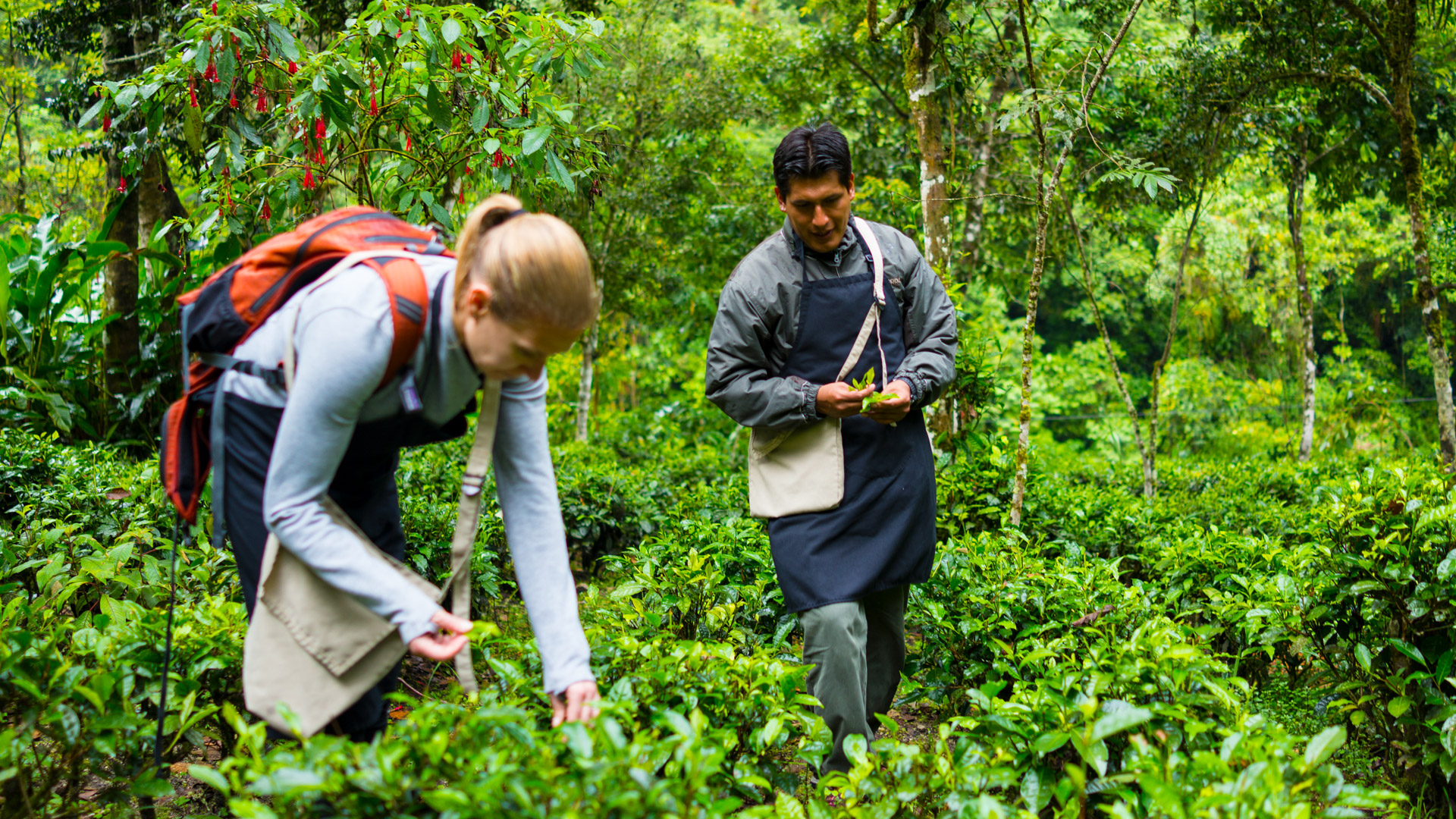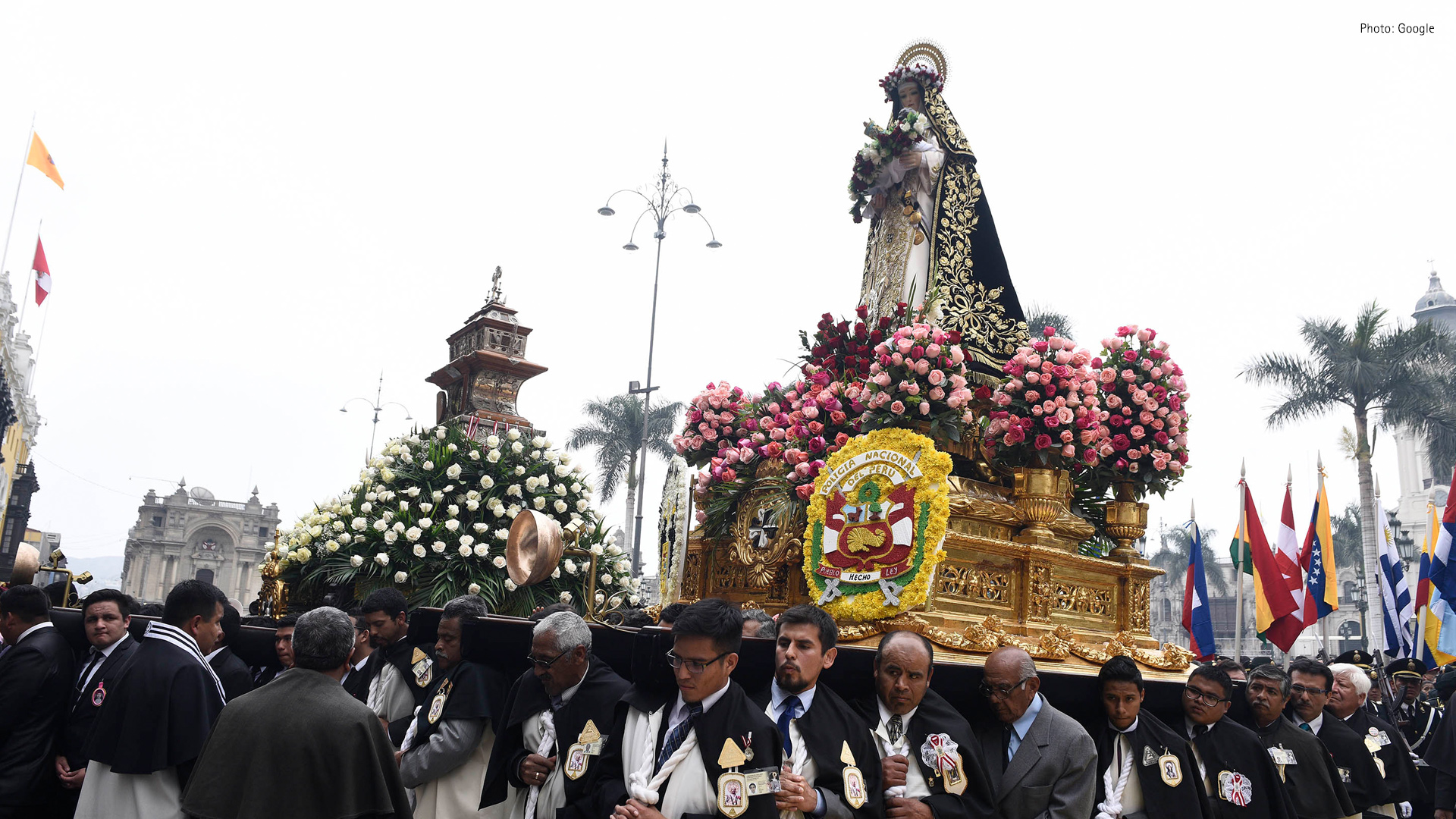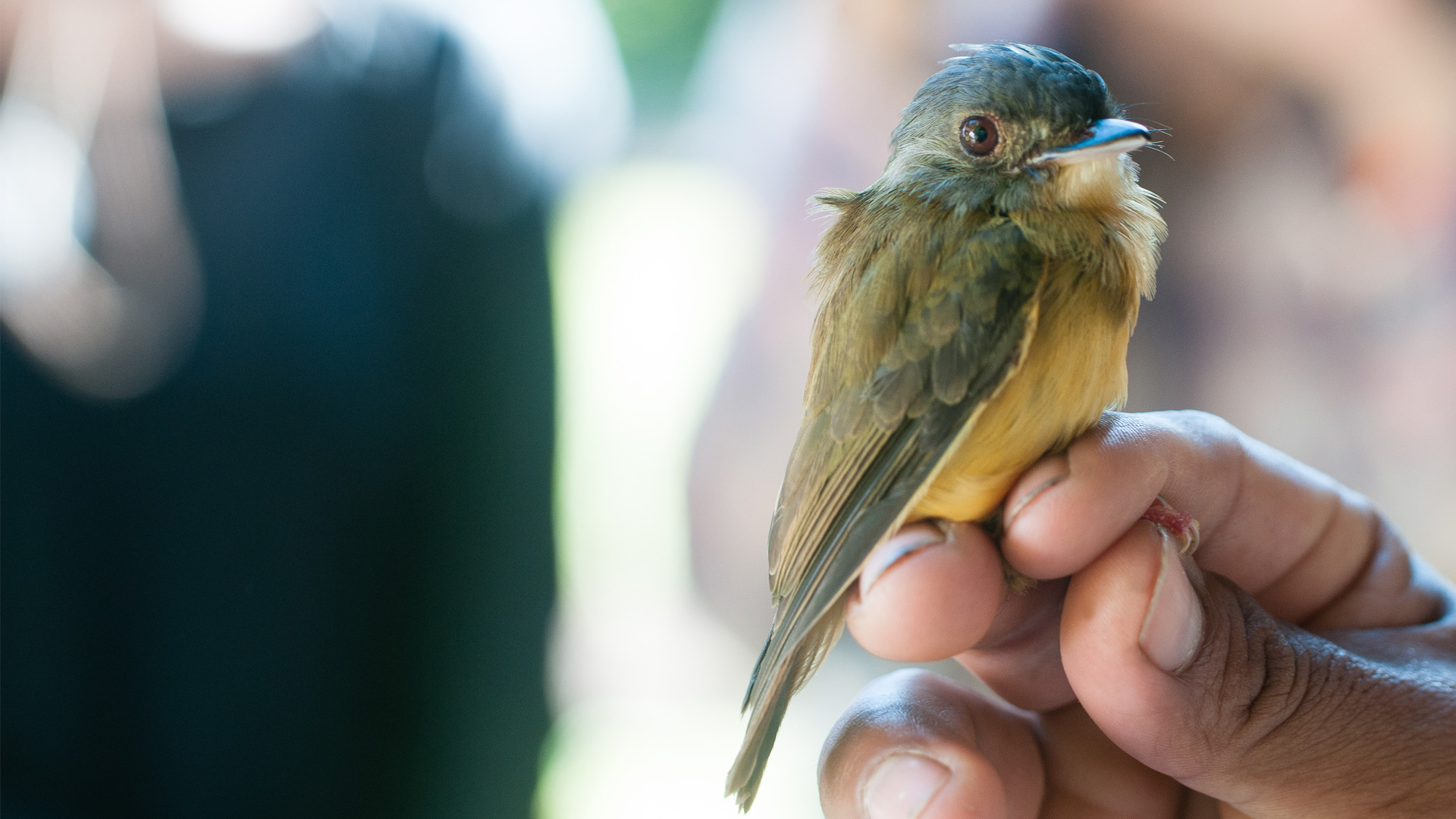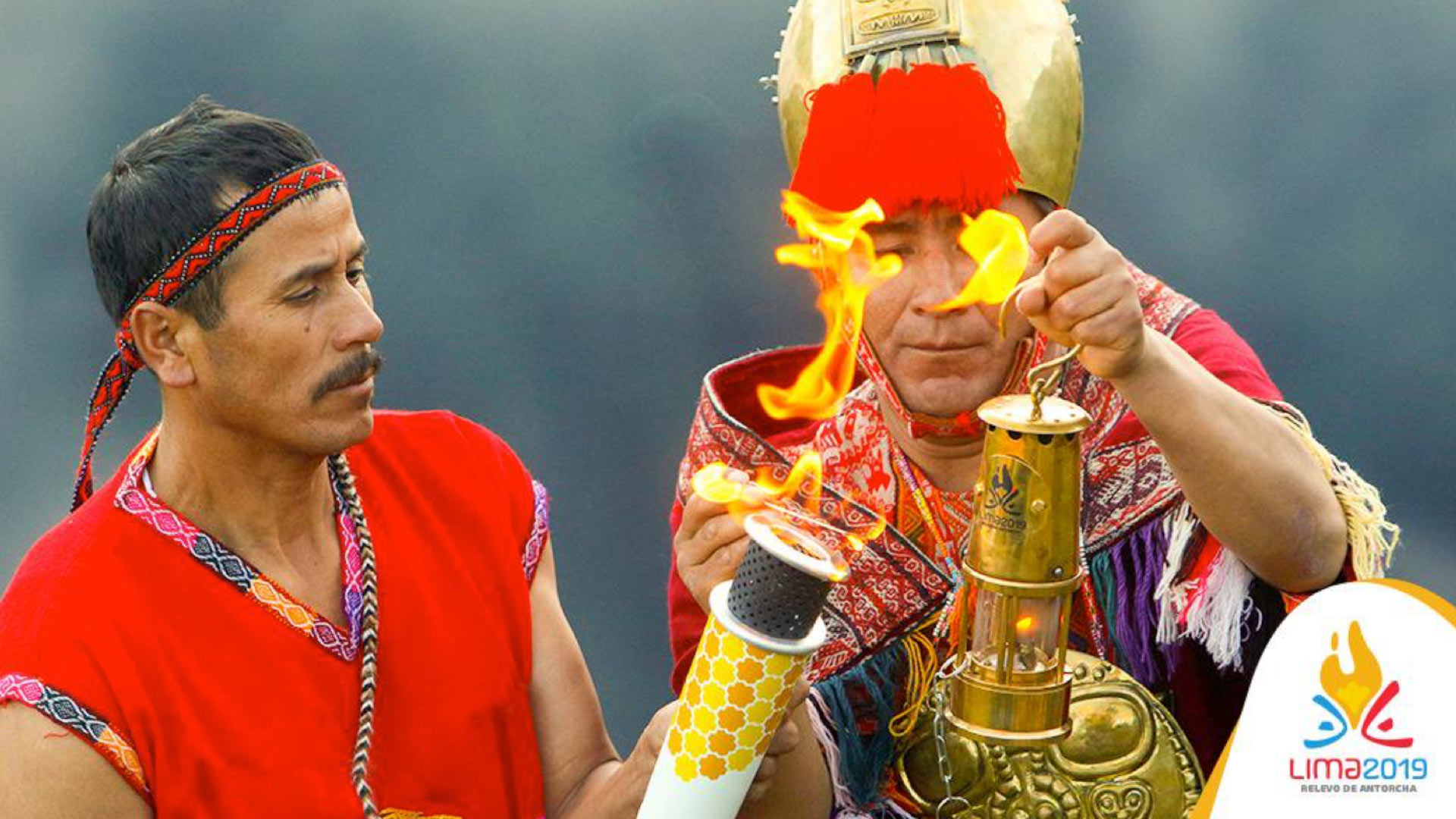After being established in 1975, Inkaterra has been at the forefront of ecotourism and sustainable development in Peru. Since then Inkaterra has been dedicated to authentic travel experiences and preserving biodiversity and local cultures. With properties in the heart of the Machu Picchu cloud forest, deep in the Amazonian rainforest of South-Eastern Peru, nestled in the cobblestoned streets of Cusco and surrounded by the rolling hills of the Sacred Valley of the Incas, the Peruvian landscape, and its preservation, is an important part of Inkaterra.
Since 1978 scientific research has been performed by Inkaterra in the areas surrounding each Inkaterra hotel, and the Cabo Blanco coastline, with many managed by the Inkaterra Asociación. These studies on flora and fauna are used to create a benchmark to compare the future impact of the brand. Such as the bird banding project, to gain valuable data for various species from gender and age to demographics and migratory patterns.
Many of these scientific studies impact the conservation projects and activities at Inkaterra. For example, the Inkaterra Canopy Walkway – a bridge system 100ft (30m) above the ground with two observation towers, eight platforms, and seven hanging bridges – was designed to help those researching the ecosystems that inhabit the rainforest canopy.
Eco-conscious travellers, families, researchers, volunteers, and students can immerse themselves in the vital conservation projects being carried out while staying at Inkaterra Guides Field Station such as the Bio-Orchard, where guests can discover organic native goods and learn about the diverse phases of sustainable horticulture. In addition to these activities, the local communities surrounding Inkaterra can participate in workshops to learn, discover and research, from birdwatching on the Madre de Dios river to learning the techniques of orchid and botanical painting.
Be sure to visit Instagram, Twitter, and Facebook to see everything that’s happening at Inkaterra, and visit our blog and website, www.inkaterra.com to discover more about Peru.


